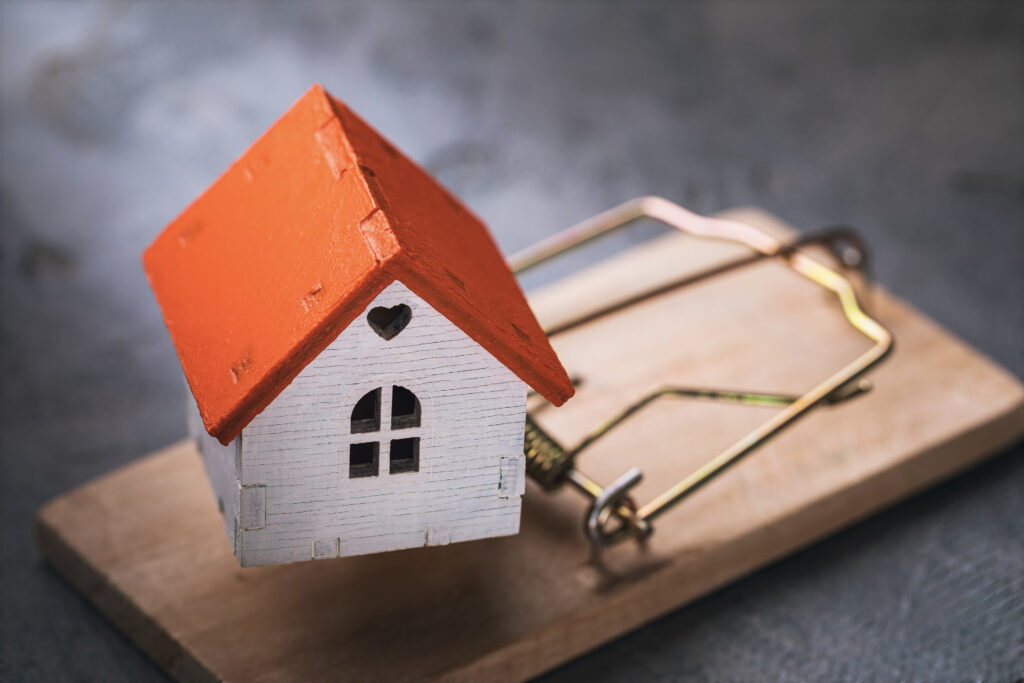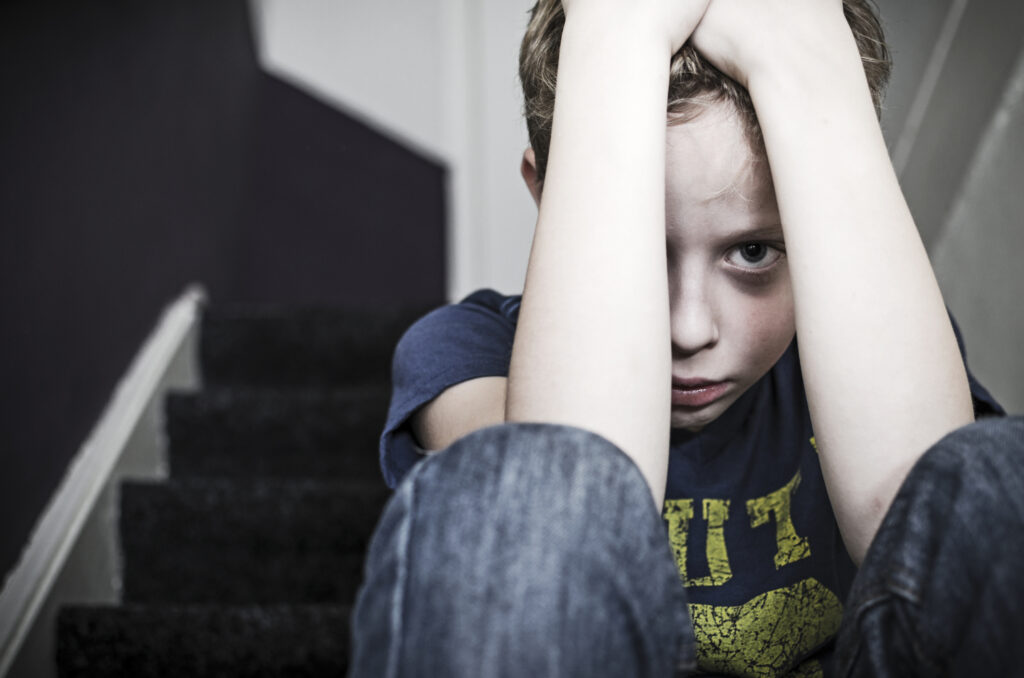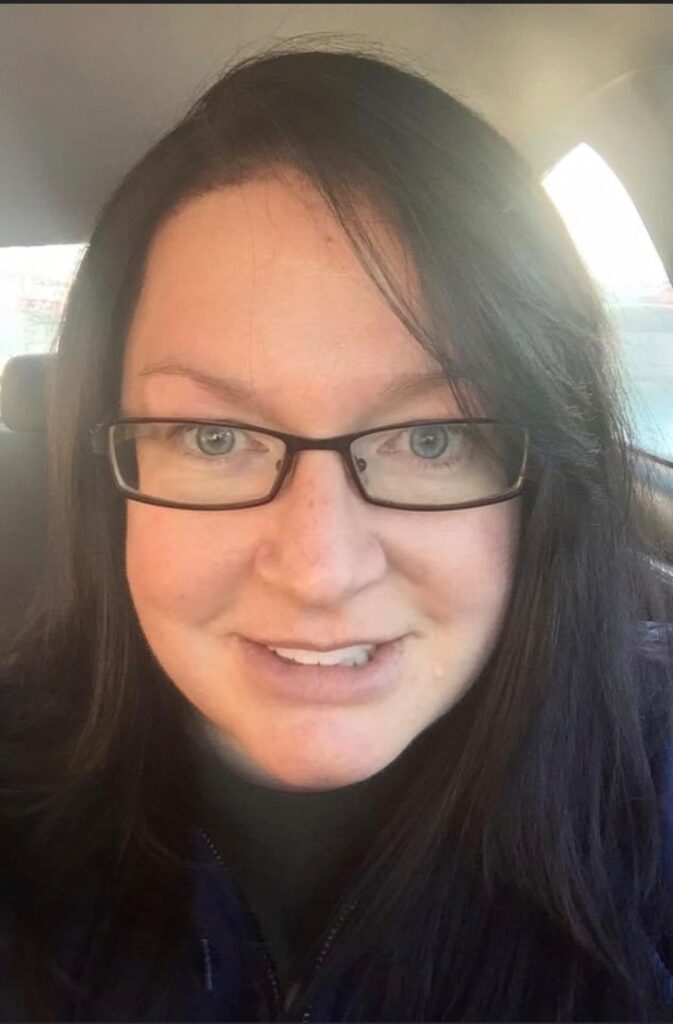When Home Is Not a Safe Place
Youth Mental Health Suffers Due to Pandemic Restrictions
By Dawn M. Pflugradt, PsyD & David S. Prescott, MSW LICSW
Read this article offline by downloading the PDF version here.

As the pandemic continues, the world is grappling with how to regain normality in the face of unprecedented times. This return is especially salient when it comes to children and teens. What once was taken for granted, vanished in a blink of an eye, for a much longer period than most people anticipated. Those of us who work with at-risk youths have wondered how these adolescents and young adults were going to manage returning to their new normal. As they return to school and other settings, what impact did mandated seclusion have on them?

The New York Times has recently published an article regarding the plight of teens during mandatory stay at home orders. It discussed a recent survey of over 7,700 high school students conducted by the Centers for Disease Control and Prevention. The findings confirmed what mental health professionals were fearing. Specifically, the survey found:
• 44.2 percent of students reported depressive symptoms that prevented them from
participating in normal activities;
• 20 percent of respondents indicated that they had considered suicide; 9 percent
reported a suicide attempt;
• 55.1 percent of respondents reported suffering emotional abuse and 11.3 percent
reported suffering physical abuse at the hands of a parent or other adult in their
home (this is significantly higher than pre-pandemic research);
• 24 percent said they experienced hunger; and
• 29 percent indicated that their parent or another adult in their home experienced a
job loss.
Most concerningly, forced isolation had some of the biggest impacts on students who were
already marginalized.


These findings seem to confirm what many of us who work with at risk adolescents and teens already knew. For some at-risk youths, school and other programs provide a safe place and the support that they need to maintain a positive balance in their lives. In other words, school and other community programs provide a feeling of connectedness and a buffer to what is happening at home. This respite aids in assisting young adults with maintaining mental health stability by giving them access to pro-social adults and peers with whom they can talk or reach out as well as other activities in a new context. In addition, schools and other programs keep an eye on at risk youth whereby adults can contact Child Protective Services (CPS) or others to address abuse and neglect as well as link families to appropriate services.
In a previous interview for Safer Society, Jenny Coleman (the Director of the prevention organization Stop It Now!) noted that calls to their abuse hotlines had not increased during the pandemic, possibly due to the fact that teachers and other mandated reporters were not having contact with children and were therefore unable to observe and provide referrals/resources to individuals in need. Given these findings, what can we do as professionals?

• First, we can provide public education and outreach to the community as a whole. Professionals working with at-risk children and teens have much to offer our communities. We can share our knowledge regarding parental stress and trauma. Emphasize that for youth, families are important but connectedness to a peer group and others who provide support can be just as important.
• Use every conversation as an opportunity to validate children and teens’ pandemic experiences by providing them with support and a safe space to be heard.
• Mobilize and advocate for continued funding for schools and programs geared to support adolescents and teens, especially those marginalized at risk children and teens.
• Advocate for creative ways to allow youths to remain connected to their school and programs even if they cannot physically be in the same place. This may also include advocating for all students to have access to internet and other resources in their homes.
• Provide education to families regarding community resources and how to access them in times of need.
The results of this survey also indicate that as professionals, we need to maintain flexibility and adapt to changes in our clients’ needs. Survey results further emphasized the two fundamental elements of our work with others: communication and connectedness. For a majority of the youth surveyed, connectedness was one of the elements that assisted them with maintaining their mental health during the pandemic.

Clinicians and caseworkers have faced a multitude of challenges and changes to their practice since the pandemic began. As such, as “helpers” we need to take care of ourselves and fully understand how the pandemic has impacted us and our ability to practice ethically and competently. If required, professionals need to be able to reach out to others for support and assistance. Maintaining our own mental health in the face of this pandemic will aide in our ability to continue to serve not only our clients but the field with empathy and compassion.

DAWN PFLUGRADT, PsyD
Dawn Pflugradt. Psy.D. is a licensed psychologist with advanced degrees in psychology, social work and bioethics. She works in the area of sex offender assessment and treatment and is an associate professor at the Wisconsin School of Professional Psychology where she teaches courses in developmental psychology, personality disorders, and ethics. In addition to her years of clinical experience, Dr. Pflugradt has published numerous articles and book chapters in the areas of pediatrics and sex offender assessment and treatment.

David S. Prescott, MSW, LICSW
David Prescott, MSW, LICSW, is a current fellow and past president of ATSA. He is also the 2014 recipient of that organization’s Distinguished Contribution award, one of only a handful of recipients. Previously, he received the Bright Lights award from the National Adolescent Perpetration Network in 2007; he has since become a member of that organization’s board of elders. David is currently the Director of the Continuing Education Center with Safer Society Foundation.

